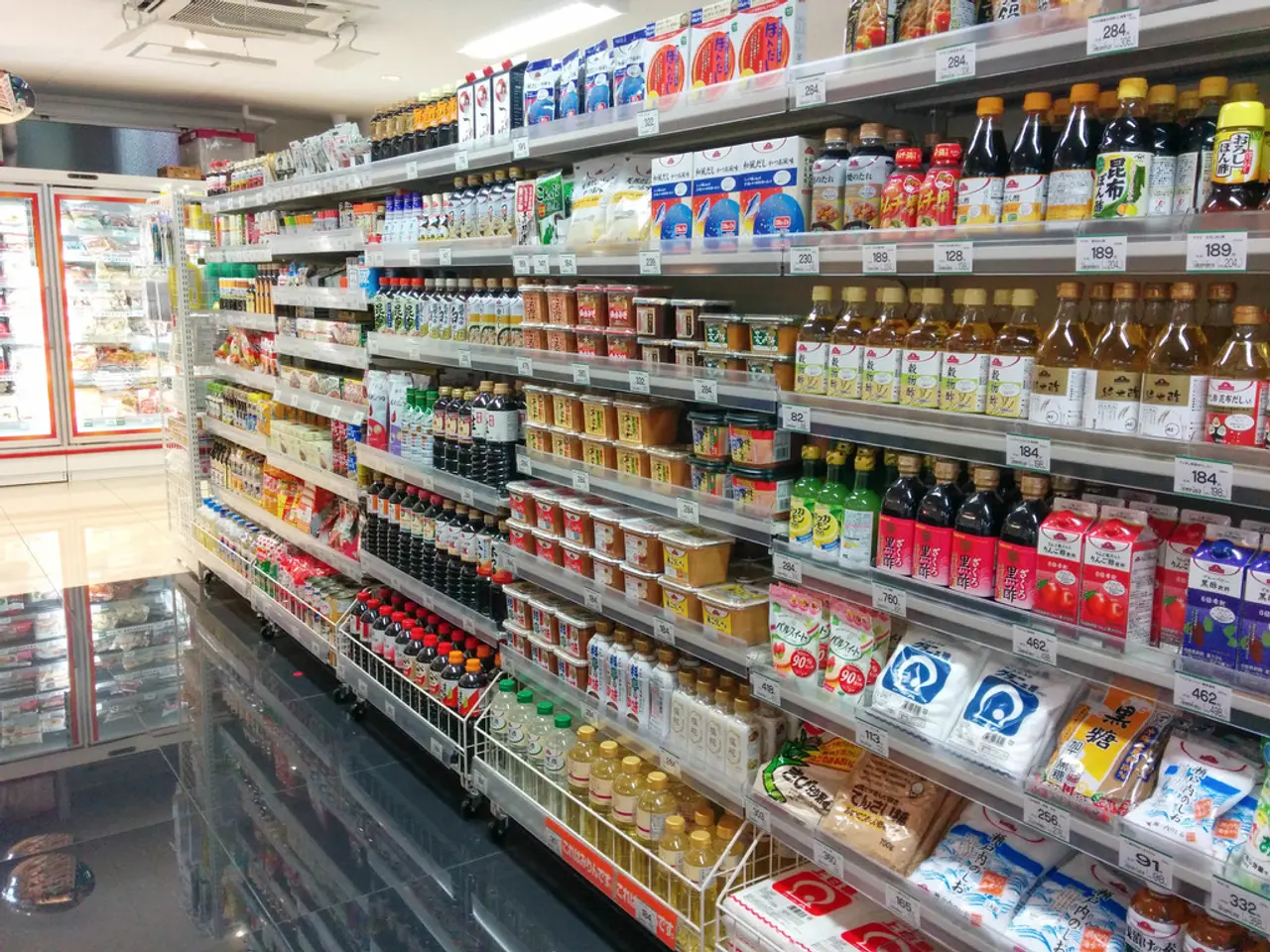Auditors seek transparency on force-outs
In a significant development, the Institute of Public Auditors in Germany (IDW) has proposed a new traffic light system to help determine the worth of minority shareholder stakes in a squeeze-out. The system, outlined in the draft standard IDW ES17, prioritises the actual share price when it falls within a reasonable range but switches to the capitalized earnings value when the share price is outside that range or deemed unreliable.
The traffic light system, designed to provide a balanced and fair valuation, effectively assigns different "colors" or signals based on whether the share price or capitalized earnings value should be preferred for the minority stake valuation in squeeze-out scenarios.
- Green light: Share price is reliable and used directly.
- Yellow light: Share price is borderline or requires adjustment; earnings capitalization may be weighted more.
- Red light: Share price is unreliable or distorted, so the capitalized earnings value dominates.
This system aims to resolve valuation disputes by clearly indicating when to rely on market price versus fundamental earnings, improving fairness in minority shareholder compensation during squeeze-outs.
The new system takes several factors into account, including shareholder structure, liquidity of the share, market coverage, scope of company reporting, development of general conditions between the stock market price date and the valuation date, and price influences.
The Federal Court of Justice has recently shifted the discussion among lawyers and auditors with two decisions on the domination and profit and loss transfer agreement at WCM Beteiligungs- und Grundbesitz AG and the squeeze-out at Kabel Deutschland. The IDW will fine-tune the draft in the coming weeks, and practitioners have until August to provide feedback on the proposal. The standard will then be finalized.
Auditors commissioned by a court to assess the fairness of a severance payment can use the draft standard IDW ES17 as a guide. Anyone advising a majority shareholder in a squeeze-out procedure will also look at this draft.
This new approach presents an opportunity for minority shareholders, as it ensures a more transparent and structured method for valuation. However, for majority shareholders, it introduces uncertainty due to the possibility of the share price being deemed unreliable or distorted, leading to the capitalized earnings value becoming decisive.
Unfortunately, the exact thresholds for the traffic light system are not publicly available at this time. For more precise technical details, including exact calculation criteria or regulatory context, these might be found in specialized legal or financial valuation guidelines published by the IDW or related corporate governance bodies.
It is worth noting that the compensation in a squeeze-out is subject to judicial review, and the aim of the new system is for judges to be able to form an opinion on an appropriate level of compensation without slipping into lengthy detailed considerations.
In cases where specialised hedge funds are involved in takeover situations to speculate on rising severance payments, the new traffic light system could play a crucial role in ensuring fair compensation for minority shareholders. Similarly, in situations where squeeze-outs keep the courts busy for more than ten years and severance payments can be a source of disputes, lasting for years, the new system could bring much-needed clarity and resolution.
In conclusion, the new traffic light system developed by the IDW promises to bring a more transparent and structured approach to the valuation of minority shareholder stakes in squeeze-outs, ensuring fairness and clarity in the compensation process.
- In the context of the new traffic light system proposed by the Institute of Public Auditors in Germany (IDW), a green light signifies a reliable share price that will be used directly for valuation purposes.
- The yellow light scenario implies a borderline or adjustable share price, which may prompt the use of a higher weighting for the capitalized earnings value in valuing minority shareholder stakes during squeeze-outs.




